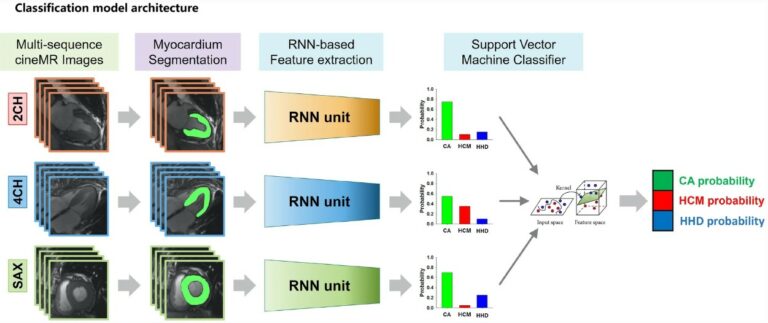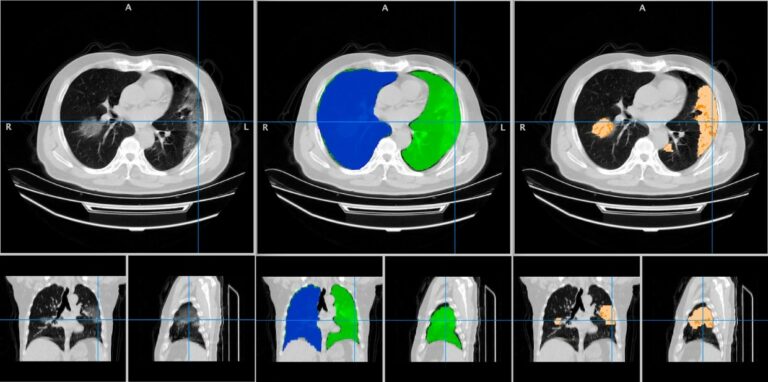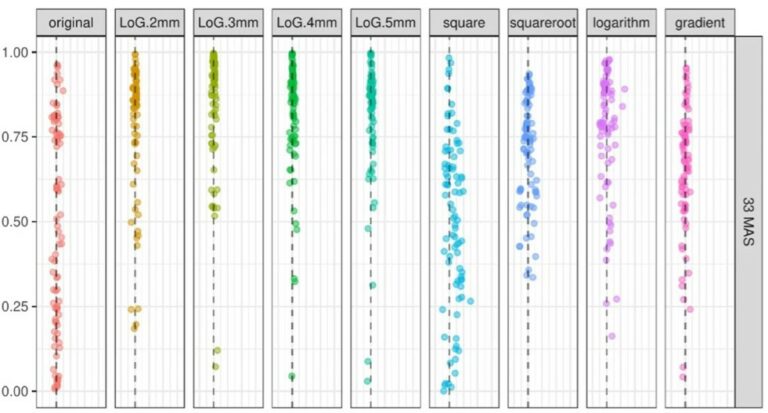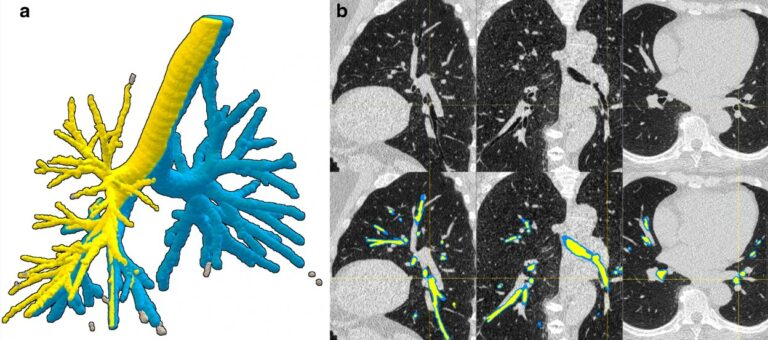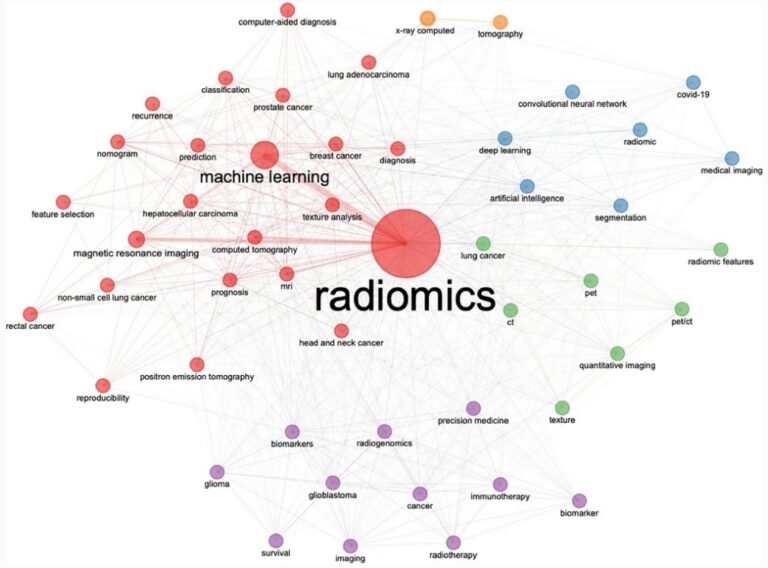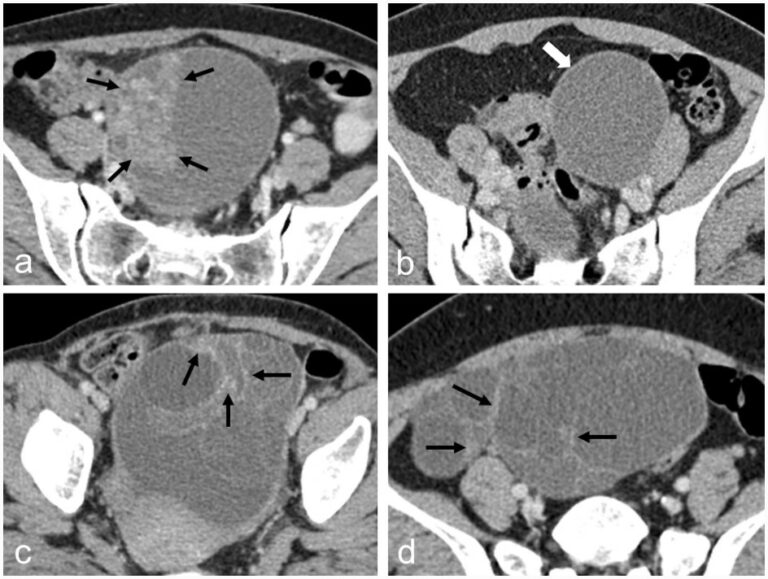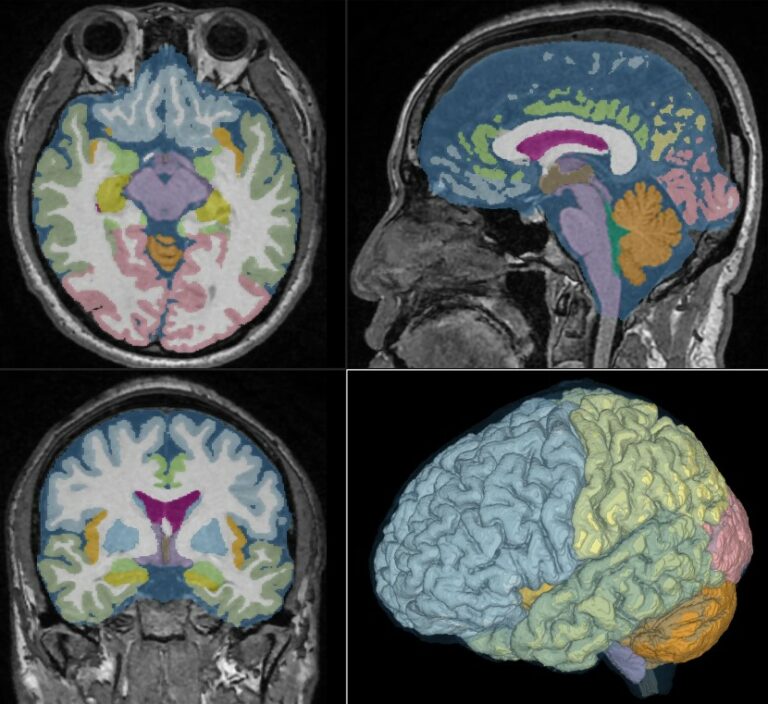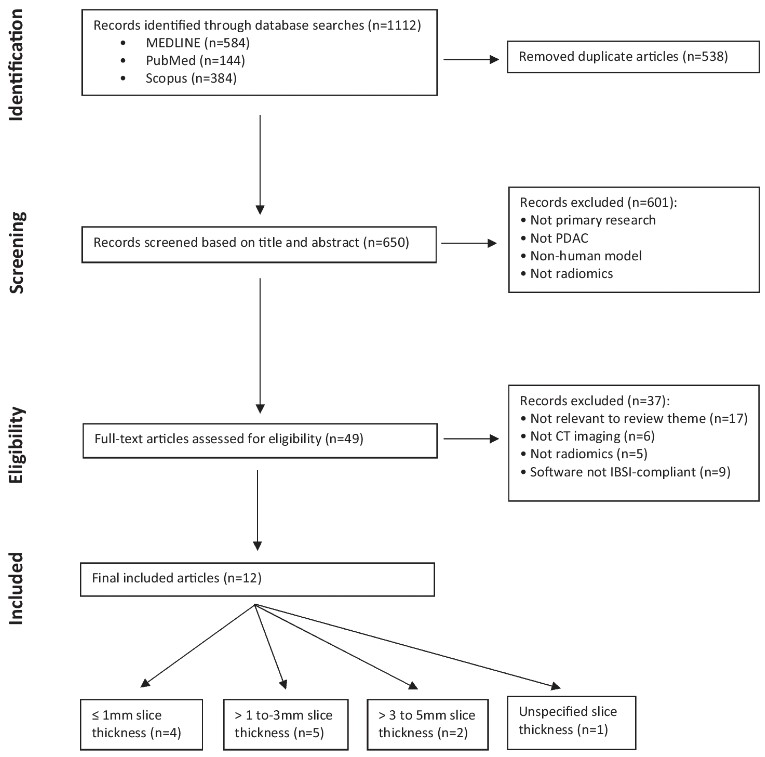
Unlocking the Potential of Radiomics: Ongoing Challenges Are Revolving Around Methodology and Reproducibility
Over a decade in the making, the novel concept of radiomics has been silently brewing, promising to reshape the landscape of personalised and precision medicine. So, why has radiomics not made its clinical debut yet, despite its innovative and logical approach? The answer lies in the intricate world of advanced computation that forms the basis of radiomics, which in essence











